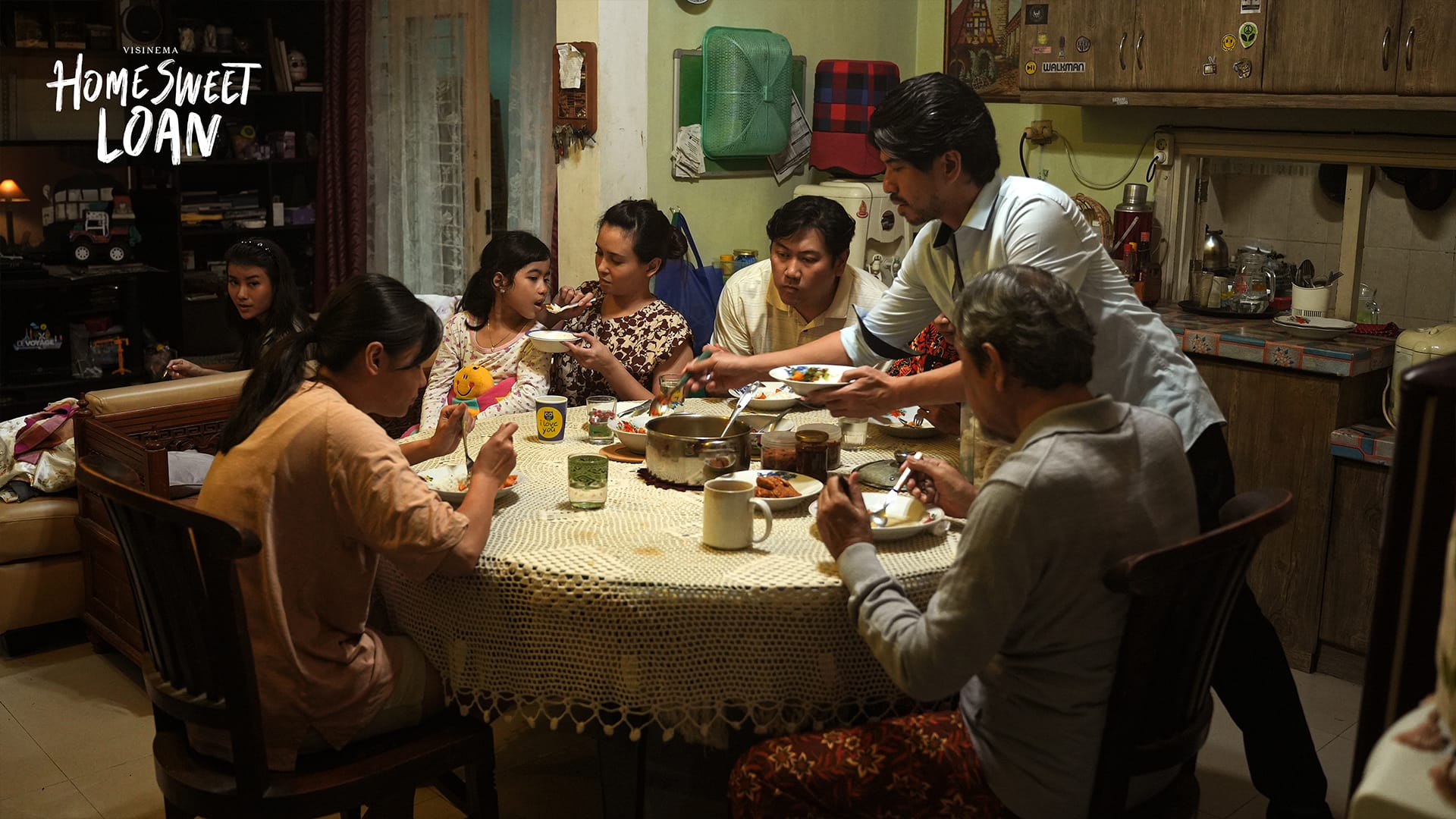Home Sweet Loan: A cinematic portrayal of the middle class struggle in Jakarta
Many reviews have already praised Home Sweet Loan for portraying financial struggles with a gentle, almost delicate touch. But beyond its well-crafted story, the film stands out as a masterclass in financial education, first engaging our emotions before driving home its lessons.

Many reviews have already praised Home Sweet Loan for portraying financial struggles with a gentle, almost delicate touch. But beyond its well-crafted story, the film stands out as a masterclass in financial education, first engaging our emotions before driving home its lessons.
Showing, not telling emotions
The film follows Kaluna’s journey as she saves for a home. Despite having an average income and the added responsibility of supporting her parents, she powers through her challenges.
Sabrina & Cristian, the director & producer, evokes Kaluna’s emotions not through dialogue but through subtle imagery: a broken fan, murky water, and a dark, unkempt room. Each time Kaluna exhales in despair, you can feel the entire theater do the same. Yunita Siregar’s understated performance, paired with the well chosen soundtrack, immerses us deeply in her world. This shared experience of her joy, grief, and frustration makes it worth watching in the cinema.
If you're interested in a deeper review of the film's storytelling, I recommend reading Edward Suhadi’s take.
Financial Wisdom in the Details
Throughout the movie, I noted several hidden gems of financial wisdom that I hope viewers will be inspired to apply in their own lives.
1. A Spreadsheet as a Map for Your Financial Goals
Kaluna's savings journey is captured through her use of a simple spreadsheet, which acts as a guide for both her and the audience, showing how close or far she is from achieving her dream of owning a home. The spreadsheet’s cold, hard numbers make her struggle feel even more tangible. So impactful, in fact, that it sparked a wave of requests on TikTok for Visinema to share the exact spreadsheet—something they eventually did.
It’s common knowledge that tracking your spending and creating a savings plan is a good idea, but sticking to it requires deep internal motivation, which most people find hard to sustain.
2. Too Much Coffee Drains Your Savings
The film subtly reveals how Kaluna manages to save on such a modest income. While her friends buy lunch, she brings her own. She’s never seen purchasing coffee—an indulgence she often reminds others quickly adds up. Her simple wardrobe of non-branded items also keeps her budget in check, and having friends who don't pressure her to spend makes saving that much easier.
3. Do Your Homework Before Buying a Home
As you’d expect from a film about buying a house, Kaluna visits home after home. What surprised me was the wealth of advice for first-time homebuyers woven into the story. The film emphasizes the importance of doing thorough diligence—checking everything from water taps to ceilings, and ensuring the seller is legitimate. There’s even a thoughtful comparison between renting and buying.
4. Don’t Take Unnecessary Risks—Only Borrow What You Can Afford
Without giving too much away, Kaluna’s careful management of her finances stands in stark contrast to those around her. The film also illustrates how she chooses her mortgage options. Surprisingly, the product placements, such as BCA Mortgage and Pinhome, add authenticity to the story rather than distracting from it.
There are more nuggets of financial wisdom throughout the movie, though they may appeal more to finance geeks—so I’ll spare you from the details.
Who Should Watch This?
While the movie will resonate with middle-class workers who often feel stuck in a financial rut, I believe it’s even more important for those in positions of power—the policymakers, business owners, and world travelers—to watch it. It offers a rare glimpse into the life of a different socioeconomic class, a perspective that fosters empathy, something we need more of in today’s world.
This movie reminds me of Vittorio De Seca’s ”The Bicycle Thief”. Released in 1948, it portrays Italy’s post war economic struggle through a father searching for his stolen bicycle, needed for his job, thus imperative to feed his family. A movie so legendary that the New York Times recently reviewed it.
As I told a friend at the World Bank, “No matter how well-researched a paper on middle-class struggles may be, nothing resonates quite like a well-told story.”

Footnote: I am on the Board of Visinema but was not involved in the making of the movie so am writing this perspective as an individual.





